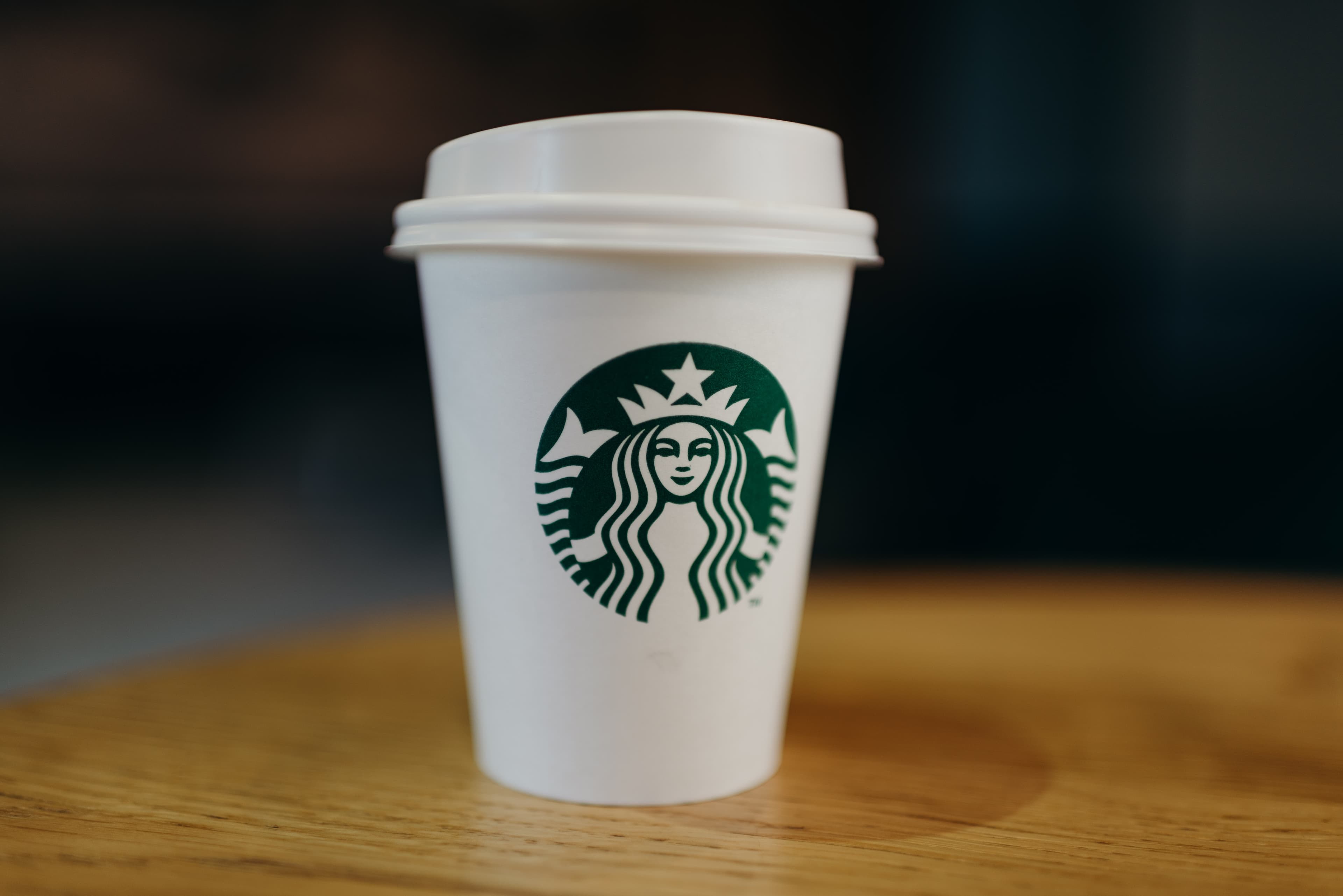Decision
The signs are aurally and visually similar. Since the attention of the consumer is usually directed to the beginning of the word, and since in the contested CTM the element ‘apple is used in direct connection with the element ‘pine, for the non-English- speaking consumer, the similarity between the signs is not more than average. Conceptually, for the English-speaking consumer the marks are dissimilar. This conceptual dissimilarity will compensate the aural and visual similarity to a certain extent. In sum, the overall similarity between the signs is considered to be average for the non-English-speaking consumer and below average for the English-speaking consumer. Taking into account the low level of distinctiveness of the earlier marks for the relevant goods, there is LOC in respect of those contested G&S in Classes 16, 28, 35 and 41 (see decision) which have been found to be identical and similar, even despite a higher level of attentiveness of the relevant consumer for certain G&S. There can be little doubt that the earlier word marks have a reputation for ‘data processing equipment and computers in Class 9 and ‘design and development of computer hardware and software in Class 42. However, enhanced distinctiveness or reputation for the remaining G&S protected by the earlier marks has not been proven. As follows from the evidence submitted by the opponent, it is mainly the APPLE Logo (and not the word mark) which is consistently used on and in relation with the all opponents products since the introduction of its very first APPLE computer. The majority of these products all have their own product names such as iPhone, iPod and iMac, used in combination with the prominent APPLE Logo. The word APPLE however mostly appears only in the opponents company name and in the trade mark references on the packaging. Also the impressive market ratings submitted by the opponent all refer, for an important part, to the APPLE Logo. The Board concludes that the enhanced distinctiveness and reputation of the earlier marks does not concern the opposing G&S which were considered to be identical or similar to the contested G&S. For these G&S no enhanced distinctiveness or reputation has been proven, with the exception of ‘computer software in Class 9. The types of injury referred to in Article 8(5) CTMR, are the consequence of a certain degree of similarity between the conflicting marks, by virtue of which the relevant section of the public makes a connection between those two marks, that is to say establishes a link between them even though it does not confuse them. Even if the relevant consumer were to establish a link between the contested marks, the opposition ground of Article 8(5) remains unsuccessful because the opponent has not submitted prima facie evidence of a future risk that one of the types of injury as indicated in Article 8(5) would occur. Moreover, the reputation of the earlier marks is limited to a number of specific G&S in Classes 9 and 42. None of the contested G&S is identical or closely similar to these G&S. The general statements from the opponent are insufficient evidence to prove that the applicant indeed seeks to ride on the coat-tails of the reputed trade mark ‘APPLE in order to benefit from the power of attraction, the reputation and the prestige of that mark. The opponents reference to the decision of the District Court of California can be ignored since the Board is not bound by any national decision. Furthermore, in that case the opponent objected to the use of the trade mark ‘PINEAPPLE by a third party in relation to computers which renders the facts of that case completely different. The contested decision is annulled and the CTM application is rejected in respect of ‘paper, goods made from paper and cardboard not included in other Classes; printed matter; books, printed periodical publications, catalogues; calendars; stationery; writing and drawing implements; artists materials; instructional and teaching material (except apparatus) in Class 16, ‘toys, games and playthings in Class 28, ‘retail services in the field of computer software in Class 35 and ‘entertainment services; television entertainment, musical entertainment; distribution of films and music in Class 41. The appeal is dismissed for the remainder.




